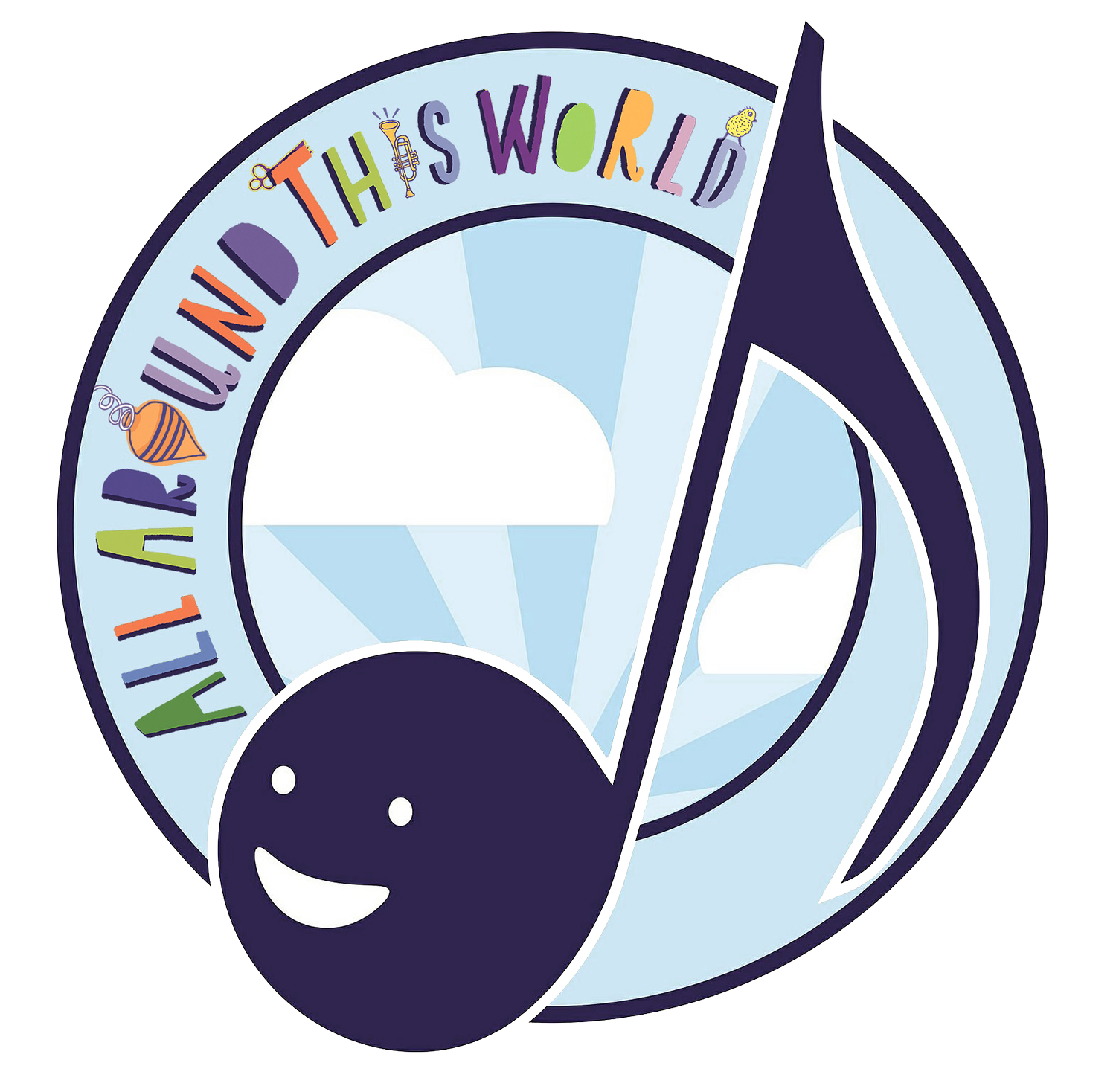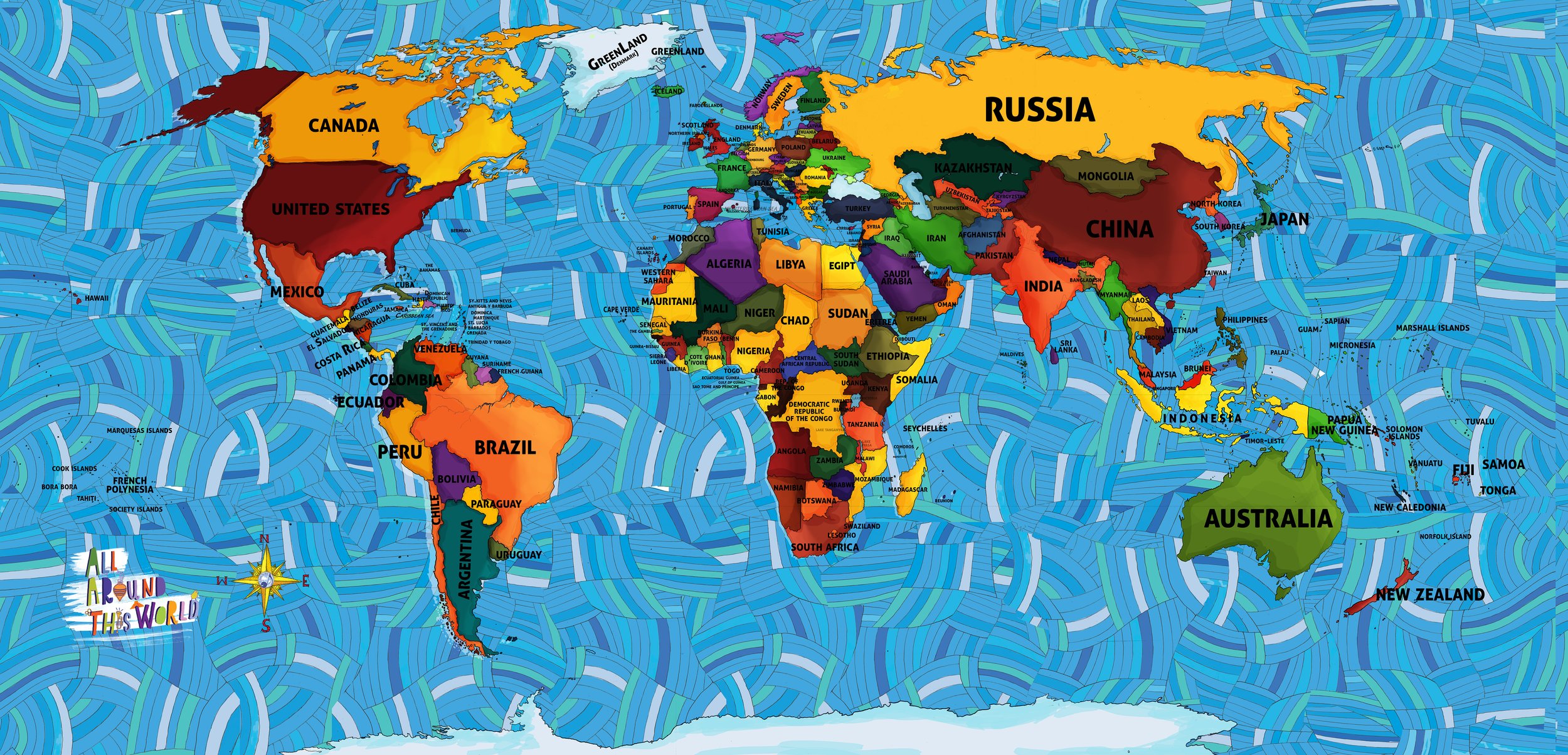THE CARIBBEAN DOMINiCAN REPUBLIC
In 1492 Christopher Columbus landed on the eastern part island that's now known as Hispaniola and laid the groundwork for Santo Domingo, the first permanent European settlement in the Americas. For the next four hundred years or so the Spanish held onto the eastern two-thirds of Hispaniola, even when the western third of the island became French-dominated Haiti.
Soon after a brief bit of American rule (1916 to 1924, if you're keeping track), a military man named Rafael Trujillo won a brutal presidential election with a very questionable 95% of the votes. (Miraculously, in some places Trujillo got thousands more votes than there were voters). Over the thirty years of his rule, before he was assassinated in 1961, Trujillo--known as "El Jefe"/"the Boss" and as the "Generalissimo"--renamed the capital Ciudad Trujillo, erecting a huge neon sign that read Dios y Trujillo/"God and Trujillo", required churches to post the slogan "Dios en cielo, Trujillo en tierra"/"God in Heaven, Trujillo on Earth" and eventually reversed the order of the phrases, making it, "Trujillo on Earth, God in Heaven."
Despite his being 1/4 Haitian, Trujillo also struck out harshly against Haitians, making life very difficult for Haitian immigrants (and, for tens of thousands, making the end of their lives exceedingly premature). Simultaneously he opened the Dominican Republic's doors to Caucasian immigrants and maintained decent relations with the U.S., the Catholic Church and some wealthy Dominicans, all of whom helped him grow the Dominican economy and maintain power.
After the Generalissimo's demise and a several year civil war the Dominican Republic struggled through a number of leaders, eventually solidifying a democratic system. Despite losing about 1.3 million Dominicans to emigration from the '60s through the '80s, out of a country with a population of about six million, the Dominican Republic become economically and politically stable, thereby drawing hundreds of thousands of illegal immigrants from its much poorer island-mate.
Today the Dominican Republic is not known in the U.S. for dictatorial politics but for stunning beach resorts, exuberant merengue music, and the fact that the second-highest number of baseball players in Major League baseball, after U.S. nationals, hail from its shores. Its musical and joyful present can almost make one forget its difficult, increasingly-distant past.
IN CLASS WE…
EXPLORE THE CARIBBEAN WITH…
-

-
DANCES, HOLIDAYS AND FUN!

THE CARIBBEAN
ALL AROUND THIS WORLD’S SONGS AND LESSONS
Click on the map to meet any region of the world.
ALL AROUND THIS WORLD’S SONGS AND LESSONS
Click on the map to meet any region of the world.



